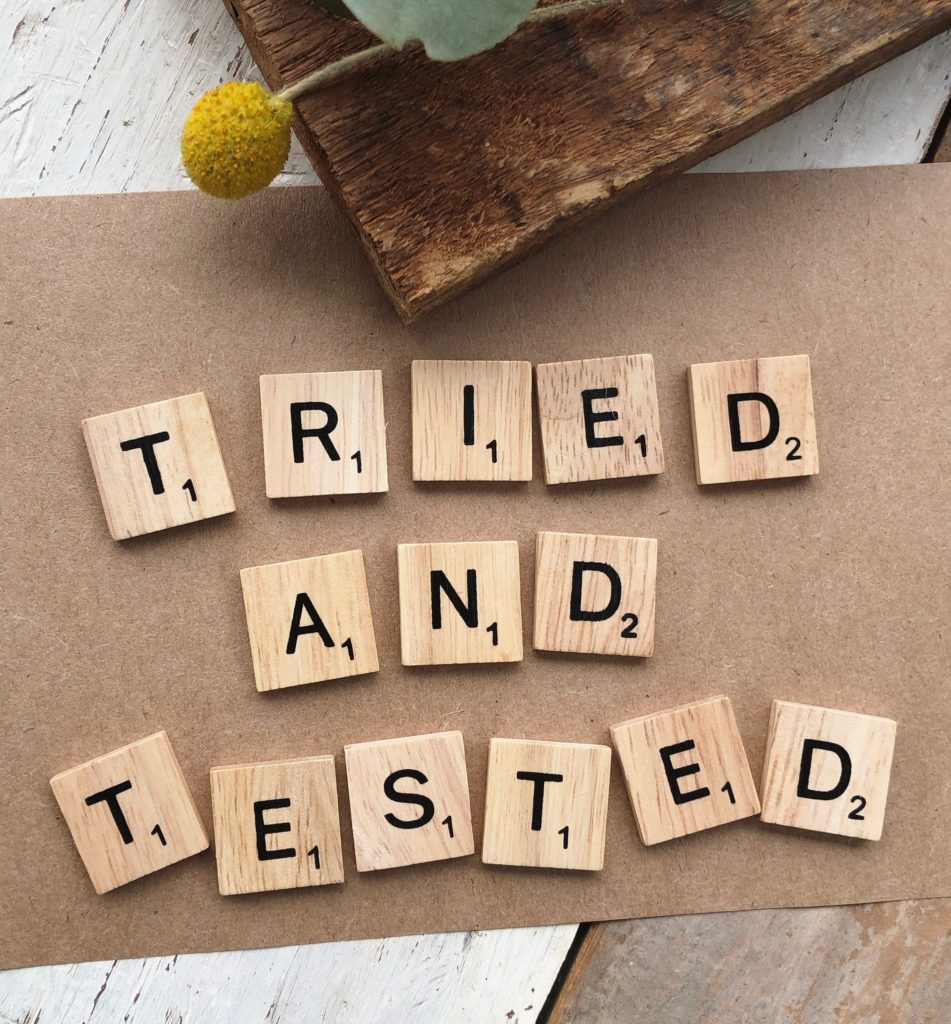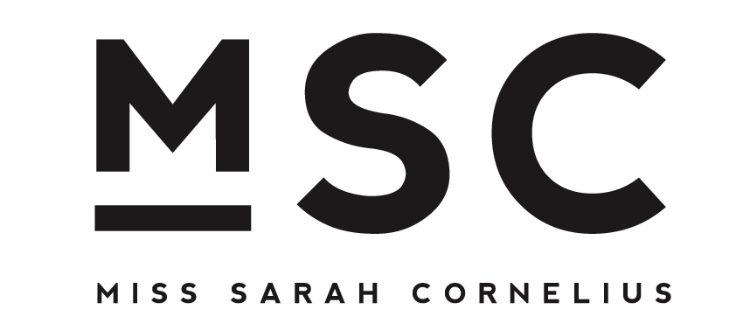Wait, what happened to Summative and Formative Assessment? Bye Felicia.
Designing a range of assessment experiences for students is an important part of our job. Today, we explore the tried and tested idea of Assessment for, as and of Learning which enables teachers to gather evidence and make judgements about student achievement.
Assessment for Learning
- Teachers use evidence about students’ knowledge, understanding and skills to inform their teaching.
- Clarifies student learning and understanding.
- Helps students learn better.
- Provides effective feedback.
- Encourages self and peer assessment.
- Involves teachers, students and even parents.
Assessment as Learning
- Students reflect on their own learning.
- Students monitor their own learning, ask questions and use a range of strategies to decide what they know and can do.
- Uses effective questioning.
- Involves students sharing insights with teachers and parents.
Assessment of Learning
- Assists teachers in using evidence of student learning to assess achievement against standards.
- The effectiveness of assessment of learning for grading depends on the validity and reliability of activities.
- Used to plan future learning.
Examples of what this looks like in the classroom
| Type of Assessment | Example of use in the classroom |
| Assessment for Learning | An exit card that asks students to describe a concept in their own words |
| Assessment as Learning | A short survey that allows students to reflect on their collaboration skills during a group project |
| Assessment of Learning | An essay that is assessed against the Achievement Standards or Performance Standards |
An activity may have multiple purposes. For example, an exit card can allow students to reflect on their learning (Assessment as Learning) while you also check for understanding (Assessment for Learning).

What I found…
I have found that looking at assessment in this way has informed my planning and has been a very useful tool when reflecting on my practice. Students reported they understood what was expected of them better and could articulate what they had learnt in regards to content and the capabilities after engaging in Assessment for Learning and Assessment as Learning. It was also clear that students could feed forward more successfully when an emphasise was placed on these types of assessments and that they more willing to take part in all types of assessment, which was not necessary the case when the terms ‘formative’ and ‘summative’ were used.
When designing units, have you planned for all three types of assessment?
Would you like to read more? Contact me for a reading list.
